Did you land your dream catch and want to keep the memory alive by mounting it? It can be a bit overwhelming if you’ve never gone through the process. In this guide, we break down the costs of fish mounting so you can plan out your keepsake.
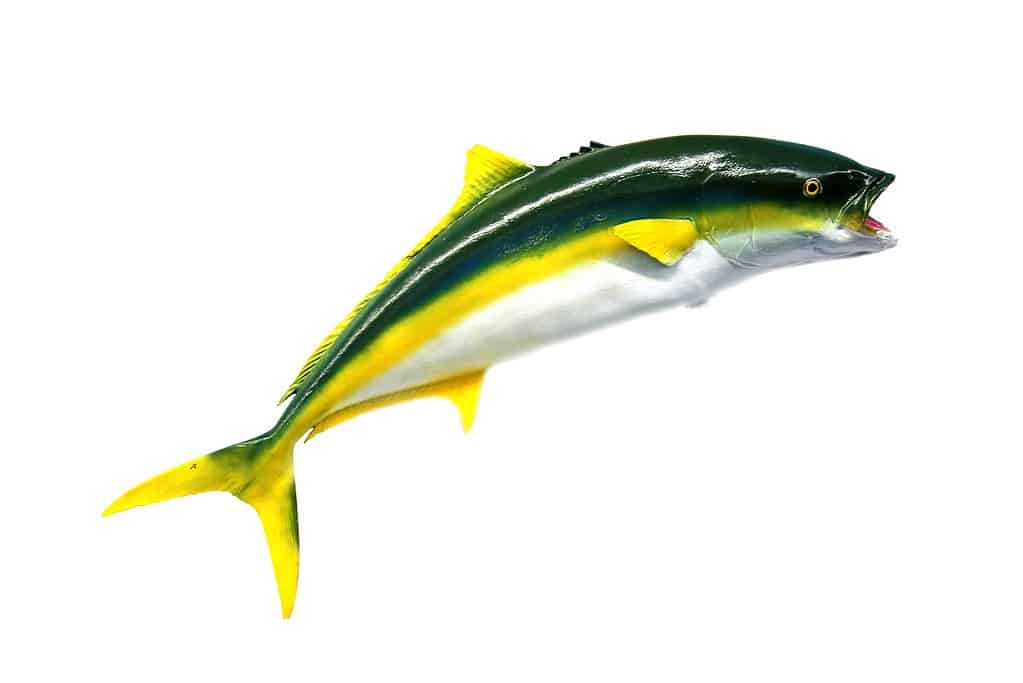
The Short Answer
The cost to mount a fish largely depends on various factors, including the size and species of the fish and the level of detail desired in the mount. For traditional taxidermy, prices generally range between $10 to $20 per inch, meaning a 30-inch fish might cost $300 to $600. However, costs can be higher for more intricate detailing or for rare species.
The Long Answer
Alternatively, fiberglass replicas, which are more durable and conservation-friendly, typically cost slightly more, around $20 to $30 per inch. The third option, DIY fish mounting, could start from around $50 for a basic kit but can rise depending on additional materials and tools needed. Remember to consider not just the cost but also the value, longevity, and personal satisfaction when deciding on your fish mounting option.
In this guide, we’ll explore the process, unravel the factors that influence the cost, and give you a ballpark figure on what you can expect to pay.
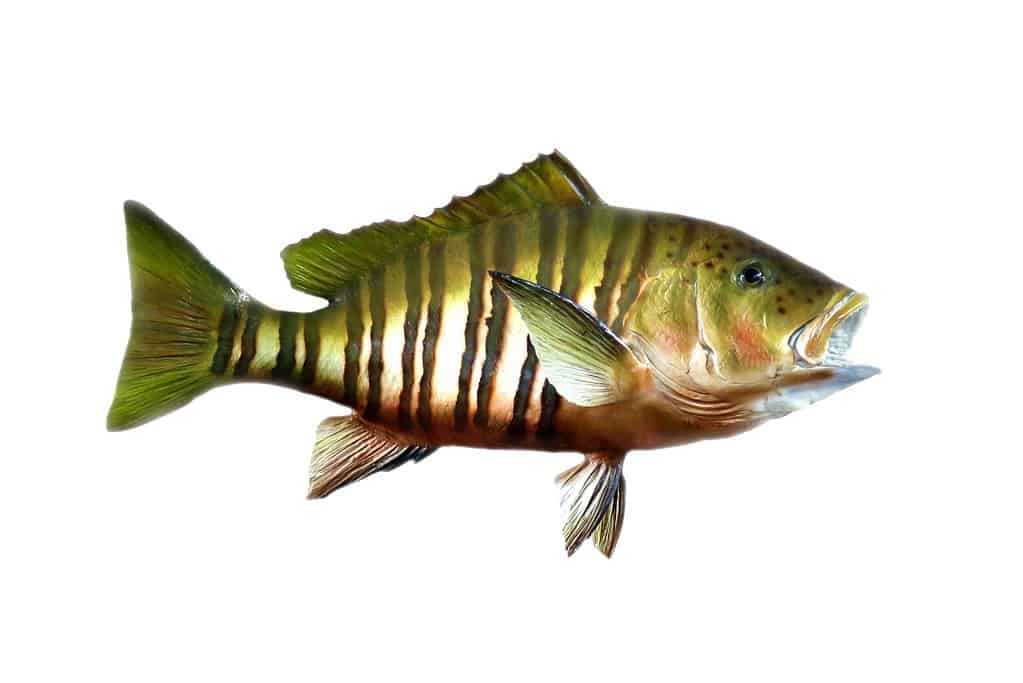
We’ll even discuss different types of taxidermy services and provide tips on choosing the best one. Additionally, we’ll touch on some alternative methods to traditional mounting. So, grab your fishing gear, and let’s dive in, hook, line, and sinker into the fascinating subject of fish mounting.
Whether you’re considering immortalizing your own catch or simply curious about this unique form of art, this article is your one-stop resource. Welcome aboard!
Here’s the average price of mounting a fish:
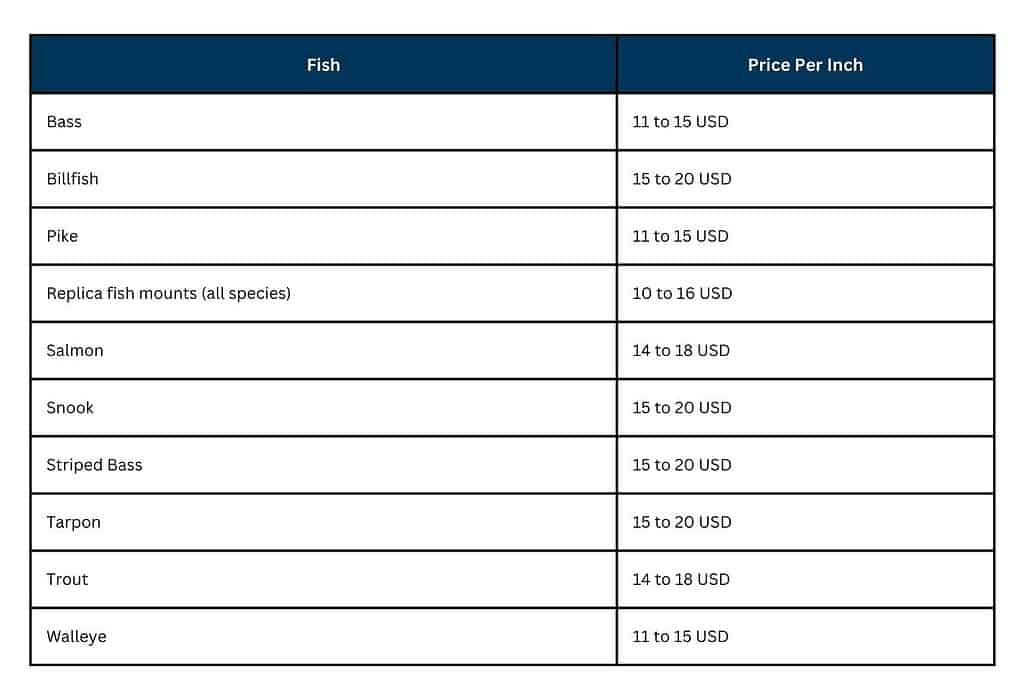
What is Fish Mounting?
Imagine you have a jigsaw puzzle. You’re taking different pieces and fitting them together to recreate an image.
Well, fish mounting is kind of like that, but with a fish. It’s an art form that takes a real fish or a replica and creates a lifelike display with a mix of skilled handiwork and scientific knowledge. These displays can be as simple or as complex as you’d like, capturing everything from the shimmering scales to the gleam in a fish’s eye.
The Purpose and Appeal of Fish Mounting
Now, you might be asking, “Why would anyone want to mount a fish?” The reasons are as varied as the fish in the sea.
For some, a fish mounted is a shiny badge of honor. It’s a trophy, a testament to the one that didn’t get away. The bigger and more challenging the fish, the more brag-worthy the trophy fish.
After all, nothing quite says, “I am a master angler,” like a marlin hanging above the mantel.
Others mount fish as beautiful reminders.
Imagine looking up at your wall and seeing the fish you caught on that unforgettable family trip or the one from the time you finally out-fished your boastful buddy. Every glance brings back memories, stories, laughs, and maybe a bit of well-deserved pride.
And for some, it’s all about the aesthetic. A well-mounted fish is a work of art, a slice of nature’s beauty frozen in time. It brings a touch of the wild indoors, a splash of aquatic charm to any space.
So, whether you’re a seasoned angler, a memory keeper, or a nature-loving decorator, fish mounting has its allure.
In the next sections, we’ll help you understand what might go into the cost of preserving such memories or trophies. Stay hooked!
Factors Influencing the Cost of Fish Mounting
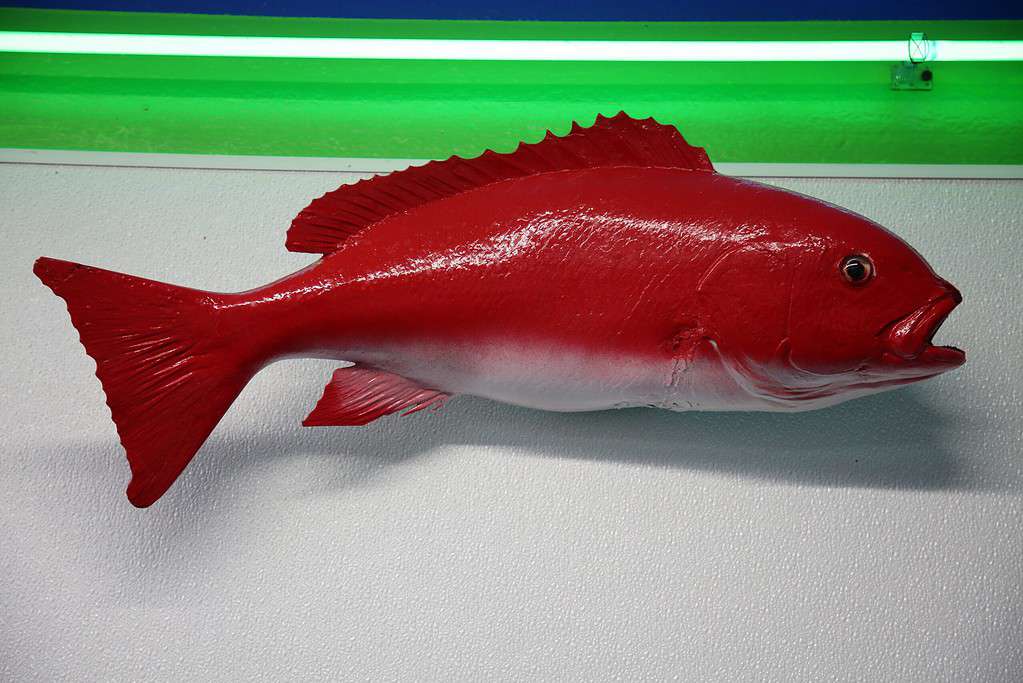
Size of the Fish
Let’s think of fish mounting like building a model airplane. The bigger the model, the more materials you need and the more time it takes to assemble, right? The same idea applies to fish mounting.
If you’re showing off a tiny trout or a colossal catfish, the size of your catch plays a big part in determining the cost. Larger fish require more materials and more labor to mount, so they tend to be pricier. Imagine it this way: a larger canvas needs more paint, more precision, and more patience.
Fish Species
The cost of mounting a fish can be significantly influenced by the species of the fish. This correlation is mainly due to the unique characteristics and requirements each species presents.
A primary factor is the size and complexity of the fish. Larger specimens necessitate more resources, both in terms of materials and labor, thereby inflating the overall cost. Similarly, species with intricate color patterns or distinct physical attributes require a higher level of detail in the mounting process, translating to more time, skill, and, subsequently, higher expenses.
Furthermore, the type of water habitat from which the fish hails also plays a role in the mounting cost. Specifically, saltwater and coldwater fish are generally more costly to mount than their warm-water counterparts. This cost difference primarily stems from their skin characteristics.
Saltwater and coldwater species often possess oilier skin compared to warm-water fish. This higher oil content means that the preparation process, particularly the drying phase, is lengthier. A longer drying time requires more labor and time, which, in turn, translates into a higher cost.
Additionally, saltwater fish might have vibrant and complex colorations that demand more time and expertise to replicate accurately. Moreover, the preservation process for saltwater fish can be more involved due to the corrosive nature of salt, which can pose extra challenges for the long-term maintenance of the mount, hence further contributing to a higher cost.
Overall, when deciding on mounting a fish, it’s crucial to take into account the specific species and its unique attributes in order to accurately anticipate the associated costs and maintenance requirements.
Level of Detail
Think back to your favorite book.
Was it a simple tale, or was it filled with intricate details that painted a vivid picture in your mind? In fish mounting, the level of detail can make a big difference in the cost.
Some might want a simple representation of their catch, focusing mainly on size and basic features. Others may prefer an extraordinarily lifelike skin mount, capturing every scale, every color gradient, and even the fish’s personality.
The higher the desired detail, the more time and expertise the project requires, leading to a higher cost.
Remember, like choosing between a sketch and a masterpiece painting, the choice of detail level is up to you. Each brings its own charm and price tag. So, choose what suits your vision and your budget.
In the next section, we’ll dive deeper into the specific cost ranges you might encounter in your fish mounting journey. Keep swimming with us!
How Much Does it Cost to Mount a Fish: Cost Estimates
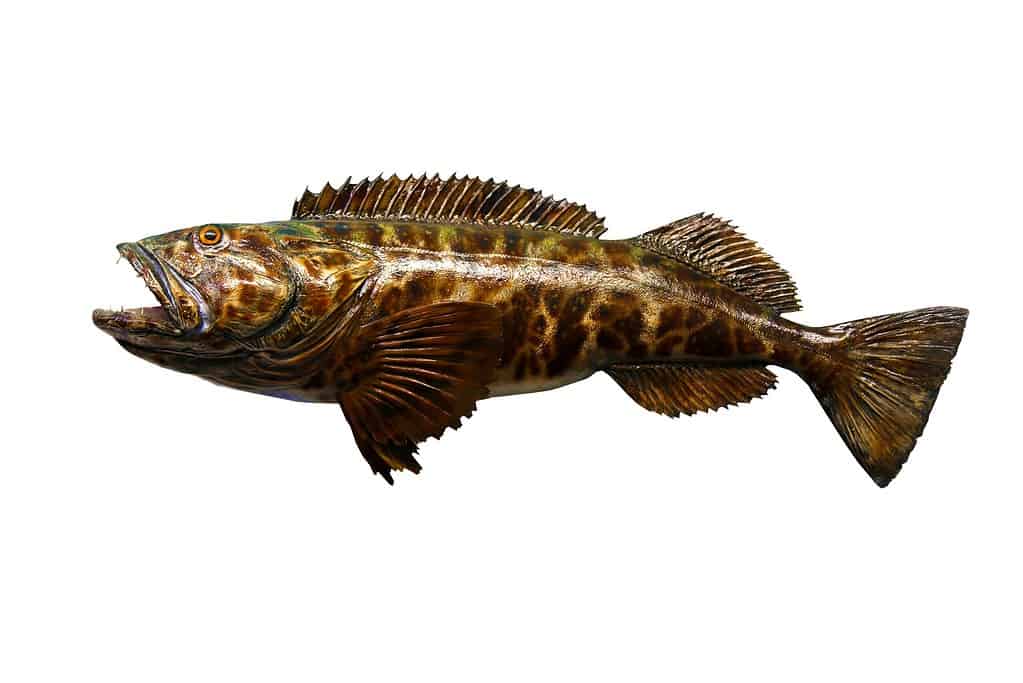
So how much does it cost to have your fish mounted by a skilled taxidermist?
Budget Options
Just starting your fish mounting adventure or working on a tight budget?
Fear not. You can still capture your angling achievements without breaking the bank. Budget fish mounting services are typically priced around $10 to $15 per inch. These services provide a basic yet respectful showcase of your catch.
In this price range, you can expect a fair representation of your fish’s size and main features.
While these services might not include minute details and customized options, they do offer a decent display that commemorates your catch. This is an excellent choice for those dipping their toes into the fish mounting waters for the first time.
Mid-range Options
If you’ve got a bit more to invest and are looking for a more detailed representation, mid-range fish mounting services might be the perfect catch for you. These services are typically priced around $15 to $25 per inch.
In this bracket, you’ll start to see more attention to detail, like intricate color matching and subtle texturing.
The fish mounts may also offer better realism, capturing the essence of the species more accurately. This level of service offers a balanced combination of quality and affordability, making it a popular choice among many fishing enthusiasts.
Premium Options
Are you an angling aficionado willing to spare no expense to get a museum-quality masterpiece of your prized catch? Then you might want to consider premium fish mounting services.
These high-end services start around $25 per inch and can go much higher based on customization and intricacy.
What sets these apart is their extraordinary attention to detail.
Every scale, every hue, and every nuance of your fish is meticulously replicated, often making it hard to tell the replica mount from a live fish. Premium services may also offer personalized enhancements like custom poses, habitats, or action scenes.
Remember, no matter your budget. The goal is to honor your catch and create a lasting memory of your angling achievement.
In the next section, we’ll look at how different taxidermy services may price their work and what to keep in mind while choosing one. Stay tuned!
What to Look for in a Fish Mounting Service
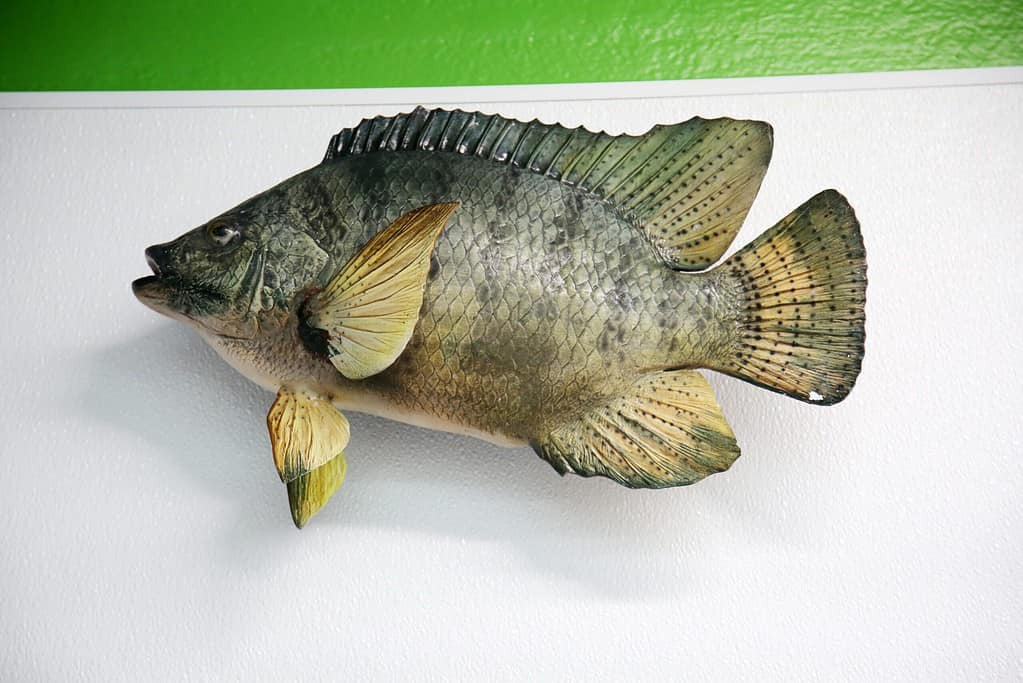
Choosing a fish mounting service is like choosing a captain for your fishing trip. You want someone skilled, reliable, and able to deliver a memorable experience.
Here are a few tips to help you find the right service:
- Experience: In the world of fish mounting, experience often equates to expertise. Look for a service that has been around the block a few times. Check their portfolio to see their variety of fish mounted and the quality of their work.
- Reviews and Testimonials: Like lighthouse guiding ships, reviews, and testimonials guide customers. Check out what previous clients say about the service. Was their experience smooth? Are they happy with the mount?
- Transparency: A good fish mounting service should be able to provide clear information about its process, time frame, and costs. Make sure they communicate well and are open to answering your questions.
- Customization: Each catch is unique, and so is each angler. Find a service that offers options to tailor the mount to your preferences, whether it’s a particular pose, backdrop, or level of detail.
Ensuring Value for Money
Like making sure you’ve got the right bait to land the big one, you want to ensure you’re getting the most bang for your buck when choosing a fish mounting service. Here’s how you can do that:
- Compare Quotes: Don’t just go with the first quote you get. Reach out to multiple services, compare their prices, and see what each of them includes in their package.
- Consider the Details: Cheaper isn’t always better. Remember to consider the level of detail, craftsmanship, and customization offered. Sometimes, paying a little more can result in a much better final product.
- Warranty or Guarantee: A service that stands behind its work is often a safe bet. Look for services that offer some form of warranty or satisfaction guarantee.
Remember, your fish mounted is going to be a long-lasting trophy of your angling accomplishments. Take the time to choose a service that will do your catch justice. Up next, we’ll discuss some alternatives to traditional fish mounts that you might find interesting. Stick with us!
Alternatives to Traditional Fish Mounting
Fiberglass Replicas
When you think about mounting your fish, you might envision the traditional taxidermy process, but there’s another option that’s gaining popularity – fiberglass replicas. These are high-quality, durable replica fish models created from molds and then artfully painted to replicate the look of a specific fish species.
- Pros: Fiberglass replicas are great for conservation-minded anglers. You can catch your trophy, snap a few photos, take measurements, and then release it back into the wild, leaving no harm done. The replica can be crafted to mimic your catch perfectly. They’re also more durable and long-lasting than traditional mounts, as they’re not susceptible to decay or pests.
- Cons: On the flip side, though the idea behind it is incredibly intriguing, the precision in detailing might not quite match up to that offered by a conventional mount. If you’re seeking an impeccable recreation of your trophy fish, with all its unique spots and color shifts intact, you could possibly find a replica somewhat lacking in individuality.
- Cost: Fiberglass replicas generally cost between $20 to $30 per inch. This makes them slightly pricier than traditional mounts, but their durability and contribution to conservation might make them a worthy investment.
DIY Fish Mounting
For the ultimate angling enthusiasts and crafty hands, there’s the DIY approach to mounting a fish. This involves preserving and mounting the fish yourself, using taxidermy kits, or following tutorials.
- Pros: The main advantage is the sense of accomplishment and connection to the entire process. You’ll be able to control every detail. Your fish mount will be one-of-a-kind.
- Cons: What’s the catch? It’s a multifaceted and labor-intensive endeavor demanding not just your patience but also precision and repeated trials. Safety can’t be compromised either – appropriate precautions need to be taken while handling preservatives and similar substances.
- Cost: As for the price tag, it’s not set in stone, instead fluctuating based on your material needs. You can kick start your journey with a rudimentary taxidermy kit that might set you back by around $50. However, factoring in the steep learning curve, the likelihood of errors, and the possible need for extra tools, the final investment could end up being substantially higher.
Remember, the goal is to honor your catch and create a tangible memory of your angling adventure. Whether it’s a traditional fish mount, a replica creation a fiberglass replica, or a DIY creation, the best choice is the one that fulfills this goal for you.
Replica vs Skin Mount: What’s The Difference?
The decision between a replica and a skin mount is a crucial choice for any fishing enthusiast. But what exactly sets these two options apart?
Skin Mounts
In the case of a skin mount, the actual skin of the caught fish is used. Skin mounting allows the mount to retain the unique characteristics of the fish, like its patterns and colors. However, it involves a complex preservation process to prevent decay and maintain the fish’s appearance over time.
Skin mounting is more complicated since you have to preserve the fish taxidermy.
Replica Fish Mount
Conversely, a replica mount takes shape from a mold, typically crafted from fiberglass or analogous materials. These replicas are meticulously painted and polished to mirror the look of a specific species. However, they might not encapsulate the unique markings that make each fish an individual.
While replicas may lack a certain depth of detail or authenticity, they shine in their ease of upkeep and generally boast a higher degree of durability compared to skin mounts.
Both types of mounts come with their own set of advantages and drawbacks. Some may find the authenticity of a skin mount more appealing, while others may gravitate towards maintenance-friendly and sturdy replica mounts.
Ultimately, the decision rests on a variety of factors, including your individual needs, aesthetic preferences, and the distinctive features of your catch. The best choice is one that harmonizes with your particular requirements.
Conclusion
Embarking on the journey of fish mounting is much like setting out on a fishing trip.
There are many factors to consider, various options to explore, and the anticipation of a memorable end result. Whether you’re drawn to the artistry of traditional fish mounts, the durability and conservation aspect of fiberglass replicas, or the hands-on challenge of DIY, there’s an option to suit your preference and budget.
Costs for fish mount can vary widely depending on the size and species of your catch, the level of detail desired, and the type of mounting you choose.
While it’s possible to find budget-friendly services, remember that in the realm of fish mounting, you often get what you pay for.
In this journey, much like in fishing, knowledge is power. Understanding what drives the cost of fish mounting helps you navigate the options, make informed decisions, and ultimately find the best way to honor your prized catch.





 Facebook
Facebook YouTube
YouTube



